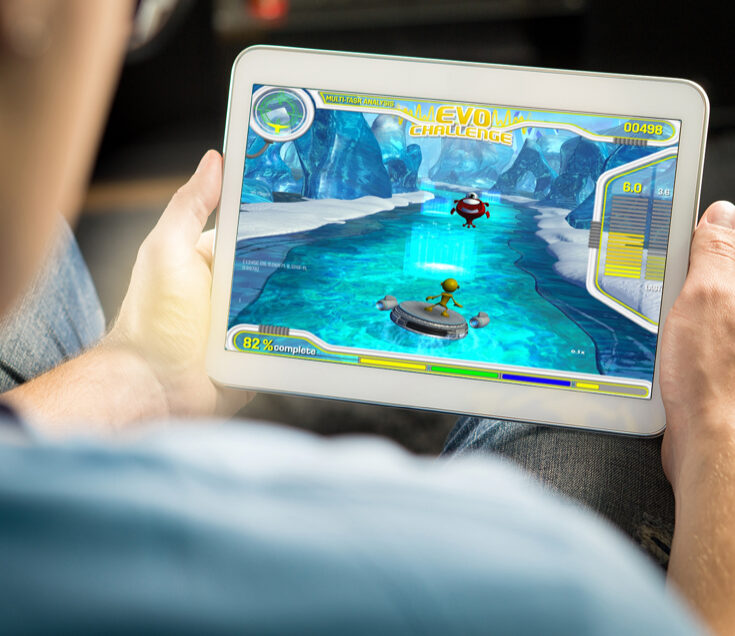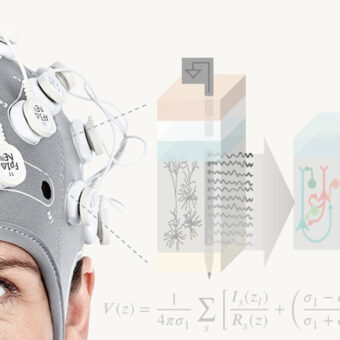In the last few years, brain training is becoming a more salient concept for the general population – mostly due to the appearance of mobile apps that, like Lumosity, offer games for the enhancement of brain function. But to what extent these cognitive training tasks enhance cognitive abilities? Tens of thousands of apps are trying to tap into the market of cognitive training but as a consumers, how do we make sure that they work?
Unless mobile apps are explicitly used for diagnosis, treatment or preventing health conditions they are not considered medical devices and thus, not overseen by regulatory bodies like FDA or the EMA (see [1] for an extended list of mobile app applications that are in fact considered medical devices). And that is to say, that as governmental resources are limited, they focus in evaluating and controlling the efficacy of to those apps that can pose a great risk to patients health – but those apps for brain training should be scientifically tested to make sure that they are accurate.
A variety of scientific initiatives have started with the goal of unifying the approach by which these apps can be evaluated in terms of efficacy – see for instance the NHS library [9] or the Cognitive Training Data website [8]. And the situation is that, while several studies have indeed shown enhancement of cognitive ability following training (see the seminal work in [2, 3, 4], and an extended list of publications in [5])– these are accompanied by studies that show no significant effects (or very narrow in terms of cognition) of brain training [6]. In fact, improvement of cognitive performance seems to vary across cognitive domains – so that we can improve through training one but not all functions – and across the initial cognitive capacity of the individuals [7]. Thus, the question on how to evaluate its overall efficacy remains unanswered [8].
So, where do we stand as of today?
Efficacy of the cognitive training is typically addressed by demonstrating cognitive improvement in out-of-the-lab settings in a representative population. But is not only that. The efficacy of the cognitive training gains relevance if we look at how long these skills remains improved and whether the improvement in a task transfers to similar tasks. Yet, this approach lacks predictability in understanding whether and why a particular cognitive intervention will be efficient for a particular person. But in these times where brain-monitoring technologies are finally accessible and mobile, we have a great chance of combining non-invasive brain monitoring technologies with cognitive training approaches. If we are aiming to train our behaviour, why not to directly measure the impact of this training in our brain activity?
Observing individual’s brain activity has two clear benefits. On the one hand, it enables to study the neural basis of the cognitive training tasks (and the neural mechanisms of cognition and learning), getting closer to the predictability of a particular cognitive intervention. On the other hand, it can provide a quantifiable and objective metric that measures the effect of the training by addressing the following question: ‘has the intervention a measurable impact in brain dynamics?’ This approach will enable to provide statements in such form: task X restores frontal asymmetry leading to the enhancement of the response-inhibition ability in a context-dependent manner. Thus, efficacy of the training itself will be able to be described in terms of measurable changes of a particular brain dynamics, which in turns makes the effect of the cognitive training more predictable and personalizable.

With this approach in mind, Akili and Neuroelectrics have partnered for a pilot study with the objective of finding the neural signatures of cognitive improvement in a population of healthy participants engaged in the EVO™ game.
Can we bring our technologies together and bring show brain training efficacy based on how it modulates our brain dynamics?
We will keep you posted and for now, we start sharing our enthusiasm about this promising strategy and scientific community!
References:
[1] https://www.fda.gov/MedicalDevices/DigitalHealth/MobileMedicalApplications/ucm368744.htm
[2] Hardy, J. L., Nelson, R. A., Thomason, M. E., Sternberg, D. A., Katovich, K., Farzin, F., & Scanlon, M. (2015). Enhancing cognitive abilities with comprehensive training: A large, online, randomized, active-controlled trial. PloS one, 10(9), e0134467.
[3] Anguera, J. A., Boccanfuso, J., Rintoul, J. L., Al-Hashimi, O., Faraji, F., Janowich, J., … & Gazzaley, A. (2013). Video game training enhances cognitive control in older adults. Nature, 501(7465), 97.
[4] Lev, Maria, Karin Ludwig, Sharon Gilaie-Dotan, Stephanie Voss, Philipp Sterzer, Guido Hesselmann, and Uri Polat. 2014. “Training Improves Visual Processing Speed and Generalizes to Untrained Functions.” Scientific Reports 4 (7251): 1–10
[5] https://www.cognitivetrainingdata.org/studies-cognitive-training-benefits/
[6] Lampit, A., Hallock, H., & Valenzuela, M. (2014). Computerized cognitive training in cognitively healthy older adults: a systematic review and meta-analysis of effect modifiers. PLoS medicine, 11(11), e1001756.
[7] Whitlock, L. A., McLaughlin, A. C., & Allaire, J. C. (2012). Individual differences in response to cognitive training: Using a multi-modal, attentionally demanding game-based intervention for older adults. Computers in human behavior, 28(4), 1091-1096.
[8] www.cognitivetrainingdata.org
[9] https://www.nhs.uk/apps-library/
[10] Anguera, J. A., Brandes-Aitken, A. N., Antovich, A. D., Rolle, C. E., Desai, S. S., & Marco, E. J. (2017). A pilot study to determine the feasibility of enhancing cognitive abilities in children with sensory processing dysfunction. PloS one, 12(4), e0172616.



